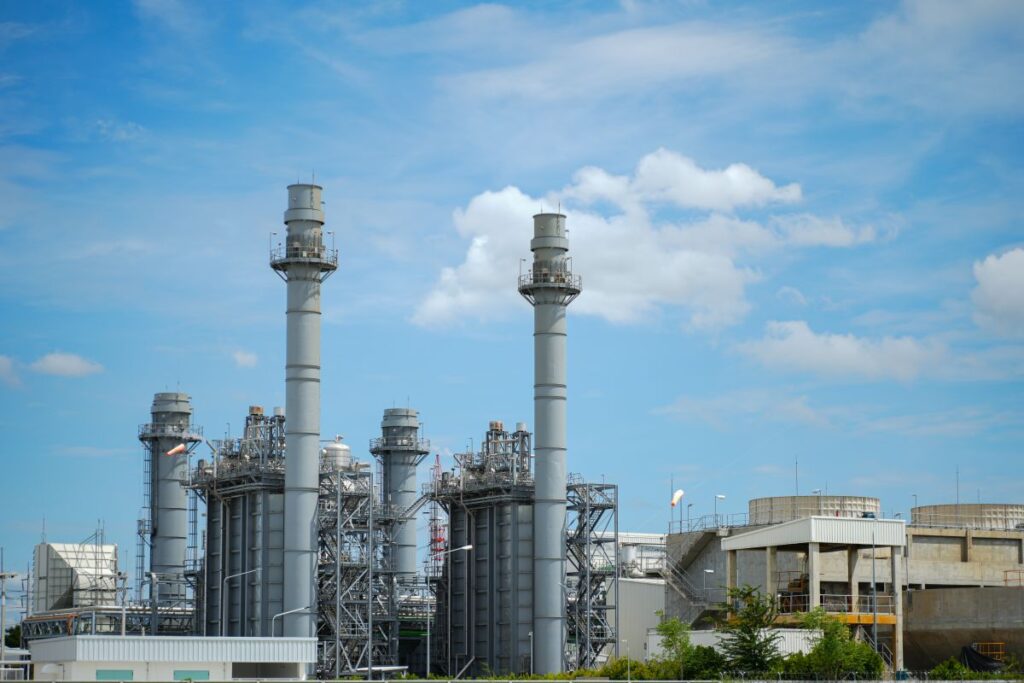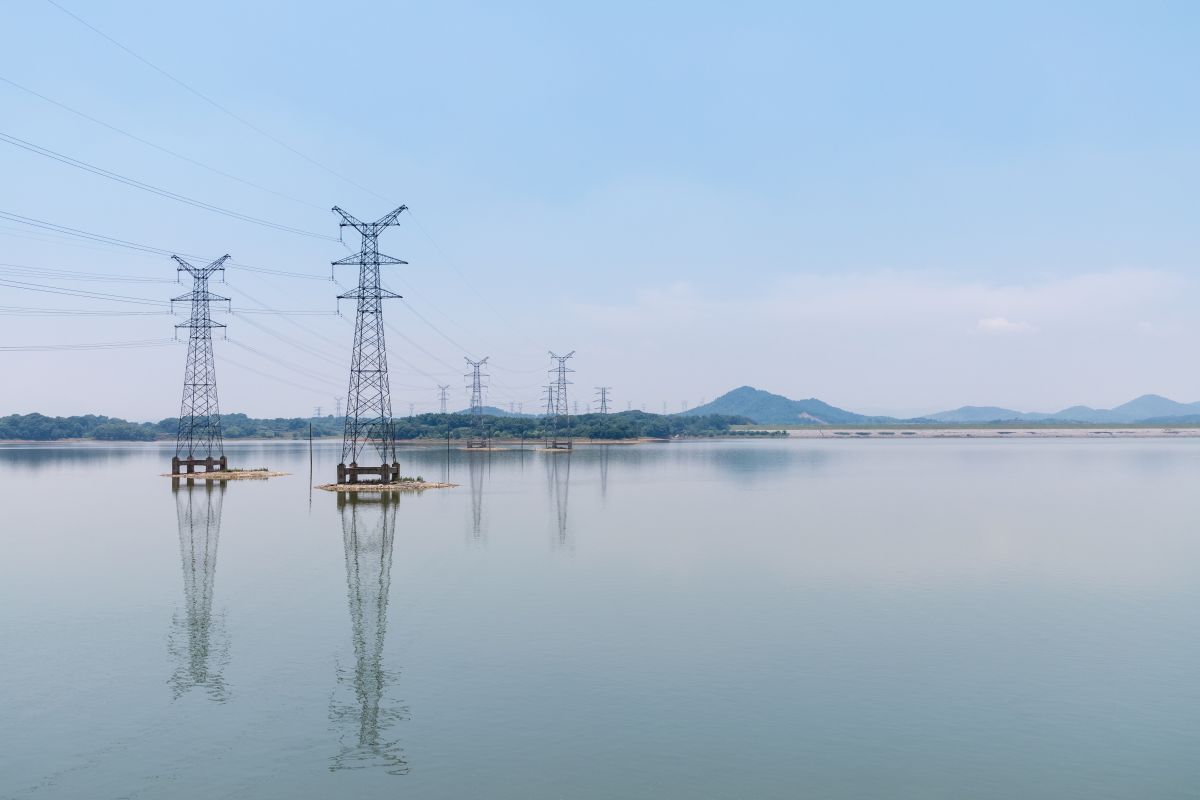WWW.POWERMAG.COM
Regulators in North Dakota have given their approval for a 1,490-MW natural gas-fired power plant, a combined-cycle station that Basin Electric Power Cooperative officials said would provide the area with its first new baseload electric output in more than four decades. South Dakota utility commissioners, meanwhile, are set to consider an application for a smaller, 145-MW gas-fired facility in that state.
The North Dakota Public Service Commission on August 7 said the Bison Generation Station project, representing an investment of nearly $4 billion, would be built near Eppling in the northwestern part of the state. It will feature two, 745-MW units, and be built in two phases. The first unit is expected online in 2029, with the second entering commercial operation the following year.
Officials have said the Bison station, which was first announced in January of this year, will use natural gas produced in North Dakota, with officials noting it will support the state’s oil and gas industry.
Missouri River Energy Services (MRES), meanwhile, on August 7 announced the utility had applied to the South Dakota Public Utilities Commission for permission to build the $378-million Toronto Power Plant, a 145-MW gas-fired station in Deuel County in the northeastern part of that state. The project would include four combustion turbine-generators, along with a new 4.9-mile, 345-kilovolt transmission line. It will source natural gas from an existing gas pipeline, and connect to a substation with access to the regional power grid.
Officials with MRES said the site was chosen due to its proximity to existing transmission and fuel supply infrastructure. With regulatory approval, construction would begin in spring 2027, with commercial operation expected by year-end 2029.
“As our public power communities continue to grow, along with their energy consumption, we’re taking proactive steps to ensure reliability and affordability,” said Terry Wolf, vice president and chief operating officer at MRES. “The Toronto Power Plant will provide flexible, fast-start generation that complements the needs of the regional grid today, which helps us deliver reliable power to our municipal electric utilities.”
Data Centers in North Dakota
Basin Electric officials earlier this year said the Bison project was not specifically developed in an effort to attract data center operators to the area, but regulators also have acknowledged the new power plant could support load from that energy-intensive industry. Basin Electric has developed a program to that would enable the utility to serve large-load customers such as data centers.
Basin Electric said the Bison project is one of the largest in the co-op’s history. Benjamin Hertz, manager of power supply planning for Basin Electric, at a June hearing in front of state regulators said the company needs new generation capacity because it is forecasting higher levels of power use from traditional customers, including the state’s oil and gas industry. “Much of this is due to oil and gas related activity in this region,” Hertz said at the June 30 hearing.
The utility said it has developed its “Large Load Program” in collaboration with its membership. Officials said the program is “designed to ensure that the costs and risks associated with serving new large electric loads are not passed on” to the co-op’s current members.
“Some of the key benefits for the development of the large load commercial program are to allow Basin Electric to flexibly serve new large loads in a manner that does not cause undue rate pressure on the membership,” Dan Gallagher, vice president of Commercial Operations, said in late June, after the program was approved by Basin Electric’s board of directors. “Additionally, this program will ensure that stranded asset risk associated with building new resources is mitigated.”











